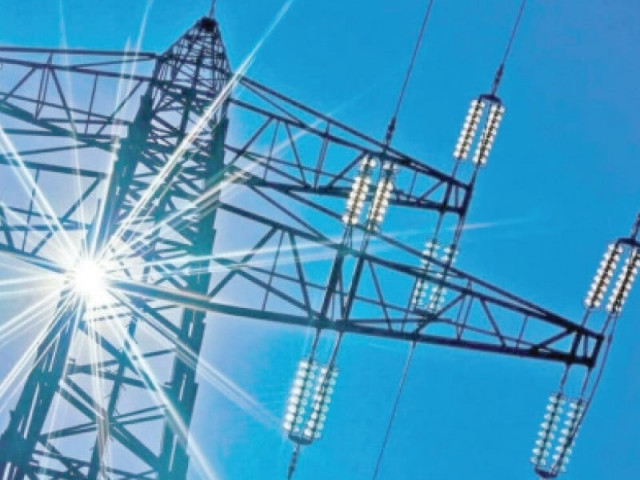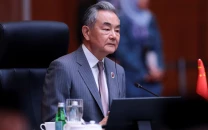Power generation falls 2% YoY
Report shows negative growth in generation for two consecutive years

Pakistan’s power generation dropped to 127,259 GWh (14,504 MW) during FY24, a 2% year-over-year (YoY) decline attributed to reduced economic activity and lower demand due to rising power tariffs, according to a report by Topline Research released on Monday.
The report indicates that hydropower contributed the most to power generation, increasing to 31% in FY24 from 28% in FY23. RLNG and coal followed, with RLNG rising to 19% from 17%, while coal remained steady at 16%. Nuclear, gas, wind, and furnace oil-based generation accounted for 18%, 9%, 3%, and 2% of the country’s power generation, respectively.
Despite overall declines, hydropower and RLNG saw the most significant increases in absolute terms. Conversely, power generation from gas and furnace oil decreased.
New additions to the solar power sector included Helios Power, Meridian Energy, and HNDS Energy, each with a capacity of 50 MW. However, the Kot Addu Power (KAPCO) plant, with a capacity of 1,336 MW, was removed from the system after its power purchase agreement expired. This change brought the total installed capacity to 40,281 MW in FY24, down from 41,460 MW in FY23.
The average fuel generation cost fell by 6% YoY to Rs8.8/KWh in FY24, compared to Rs9.3/KWh in FY23. Specifically, in June 2024, fuel costs declined by 11% YoY and 2% month-over-month (MoM) to Rs8.6/unit.
Topline Research noted that approximately 45% of Pakistan’s power generation comes from RLNG, coal, and gas, with an average fuel cost of Rs17/unit in FY24. The cost of coal generation decreased by 13% YoY to Rs12.9/KWh, due to a 47% drop in international coal prices.



















COMMENTS
Comments are moderated and generally will be posted if they are on-topic and not abusive.
For more information, please see our Comments FAQ